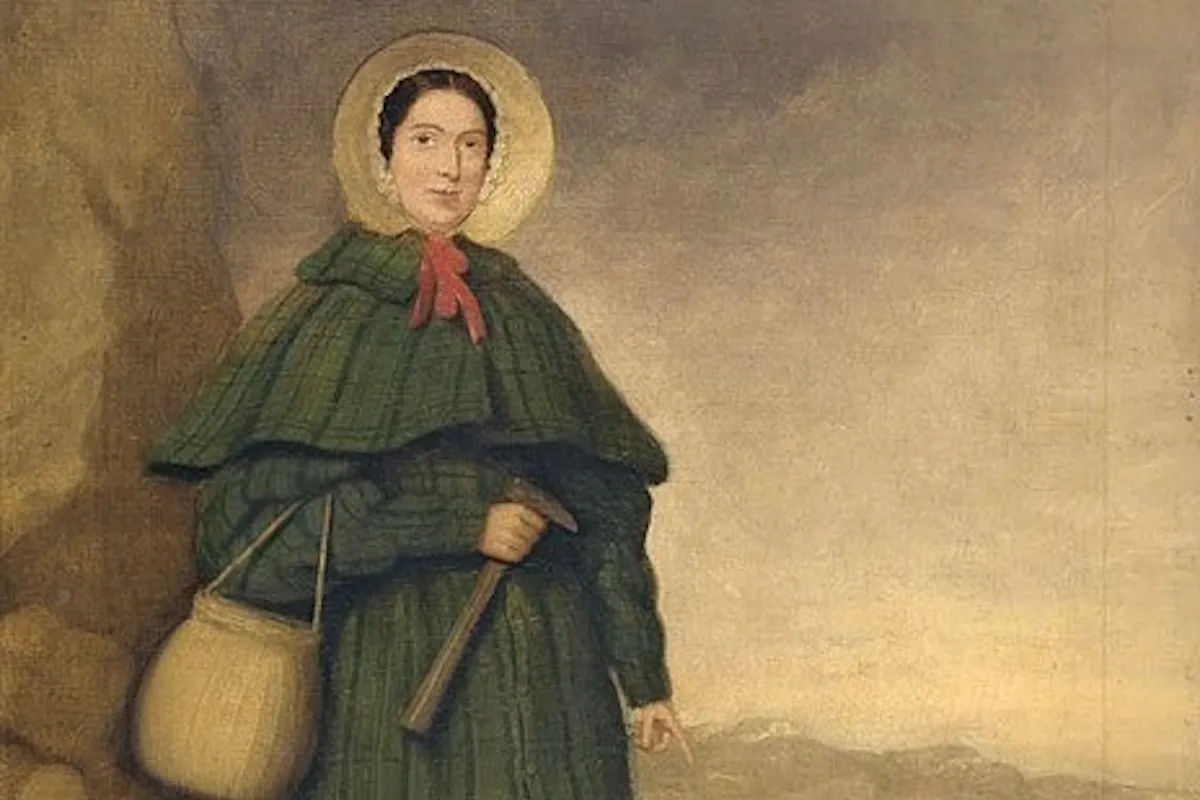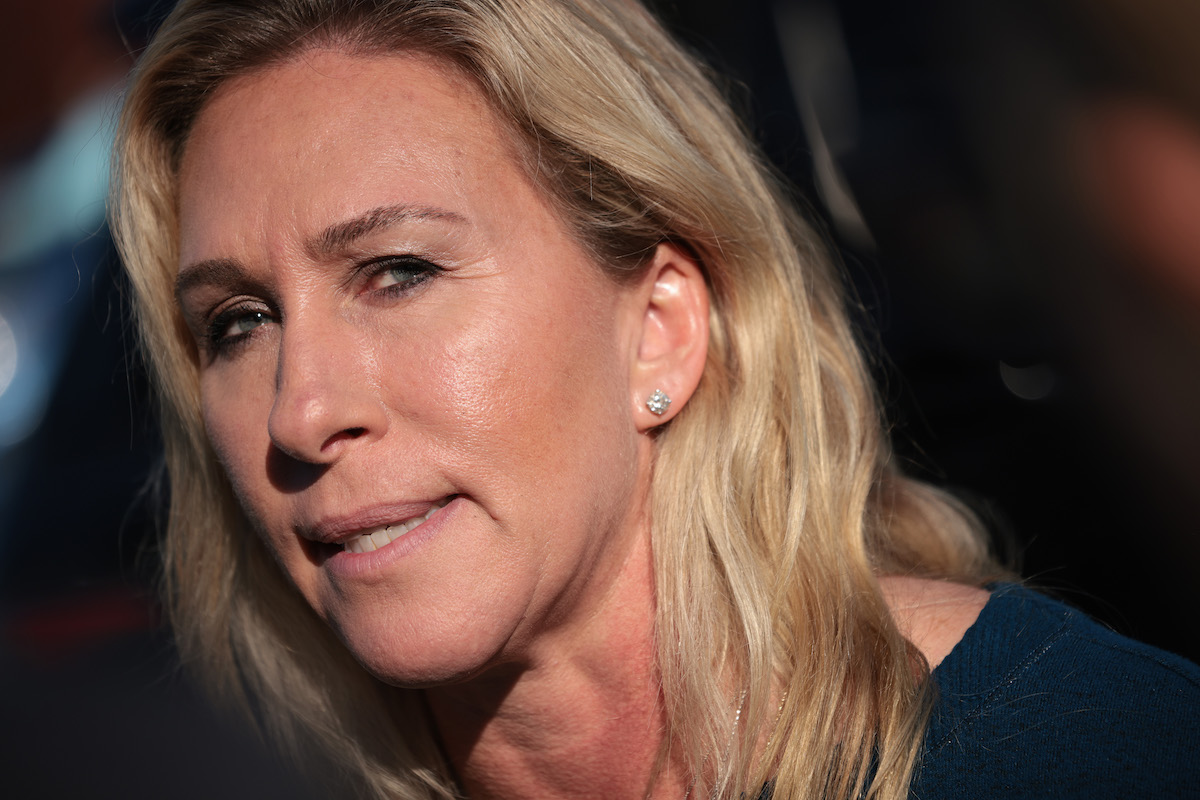In a world of feminism gone mad, it appears only the right-wing British newspaper The Telegraph and biographer Wolfgang Grulke are brave enough to ask the important question: What if pioneering paleontologist Mary Anning was hot?
For too long Mary Anning has been remembered only for her achievements in the face of adversity. The fact that as a nineteenth-century woman living in poverty, barred from joining relevant scientific organizations because of her gender, she still managed to make groundbreaking scientific discoveries just isn’t interesting enough. After all who cares if she changed the face of paleontology? She needs to be hot as well.
Not just hot though—also young. Because the problem with Mary Anning, according to her new biographer Wolfgang Grulke, is that the only painting we have of her was done at the truly decrepit age of 47! One that depicts her as “a frumpy palaeontologist in a bonnet and big, unflattering frock,” according to Telegraph writer Simon de Bruxelles, who appears to fall over himself to praise this bold new take on the paradigm-shifting scientist. Apparently, young people just can’t relate to a historical woman over 40 in period-accurate clothing and the only solution is to reinvent her as a teen action hero, who is just so, so pretty. And young, did we mention young?
But it gets even better (by which I mean worse) because not only has Grulke solved the old uggo Mary Anning problem, he’s managed to vindicate the use and existence of AI art software at the same time! Other children’s book authors might have contracted an actual illustrator to provide the art but not the pioneering Mr. Grulke. Oh no, he knew that the only way to create a truly worthy image of the late Ms. Anning would be to feed that one, terribly frumpy portrait, plus a whole lot of prompt terms, into Midjourney software and use whatever came out. Grulke says it didn’t know what an ammonite was at first, but it got there in the end! What a brave, hard-working little piece of software.
Of course “the images of Anning which show her at different ages are not supposed to be accurate portraits and it is unlikely members of her family would have recognised her” but that’s OK because at least now she’s young and attractive and who cares about accuracy when we’ve got that?
Look, in all seriousness, the problem here isn’t depicting Mary Anning at different stages of her life for an illustrated biography aimed at children. That’s actually a perfectly reasonable thing to do. The problem is the glowing, breathless emphasis on how at last we have an image of her that’s young and pretty—The Telegraph declares this is Anning “in her prime”—which everyone involved is so fixated on.
I understand the frustration of young people not being as interested in your pet historical figure as you want them to be, but this idea that they would be able to better identify with her if she were younger and pretty is not only misplaced but wildly sexist, and I can’t believe I have to point this out in 2023. No one goes around trying to give James Watt or Pierre Curie a zhuzhed-up teen makeover to make them more appealing to young people, and we all know why. Men just aren’t required to be young and pretty before they’re allowed to do anything else, and retroactively imposing that standard on iconic, successful female scientists, who succeeded despite the stacked odds is insulting.
I’d go so far as to say that it actually doesn’t matter that most kids aren’t interested in Mary Anning, and I’m saying that as someone who was and went on a bunch of fossil hunting trips in Lyme Regis as a kid. Most kids aren’t particularly interested in historical scientists and academics, no matter how important or iconic their work may have been, and that’s OK. Individual scientists don’t need a fandom, and while its important for young people to be aware of the contributions of marginalized people, as well as the barriers that kept a lot of their peers out, fixating on individuals like this probably isn’t the best way to do it because it just leads to the exception that proves the rule fallacy (think of the way Marie Curie is thought of and spoken about). What does matter, for those, but especially girls, who are interested in Mary Anning is seeing her as she was depicted in life—not just because its actually authentic but because seeing a woman scientist who isn’t a young, gorgeous prodigy that stopped existing after 35 is important to counter the pop culture depictions of women in STEM.
That the AI software replaced her actual features—a large nose with a bump on the bridge, and a long face with a square jaw—for generically “pretty” ones doesn’t just take her real-life example and turn her into another universal STEM lady fantasy, it also demonstrates one of the many issues with using AI as it currently exists. AI is programmed by humans, with all of our cultural biases, and it reflects them back to us without any of the nuance or conscious attempts at correction we may attempt to put in place. Doubtless, the words chosen by Grulke to use as prompts played a part, it seems likely that if he’d included actual descriptions of her facial features as well as the portrait the end result would have looked more like her, but it’s hard to say for sure. The problem with AI, in addition to all the ethical and copyright issues, is it’s a kind of collective unconscious for humanity right now, a crowdsourced Jungian soup of all our biases and prejudices spat back at us with weird sausage hands and a pretense at mathematical impartiality.
These AI algorithms are rooted in sexism and other biases because they’re programmed in a culture where a man decides that hey, the actual problem with this real, impressive, historical personage is that she didn’t conform to our beauty standards well enough, and that decision gets lauded in a mainstream publication instead of laughed out of the room.
(featured image: Credited to ‘Mr. Grey’ in Crispin Tickell’s book ‘Mary Anning of Lyme Regis’ (1996), Public domain, via Wikimedia Commons)










Published: Apr 3, 2023 03:23 pm